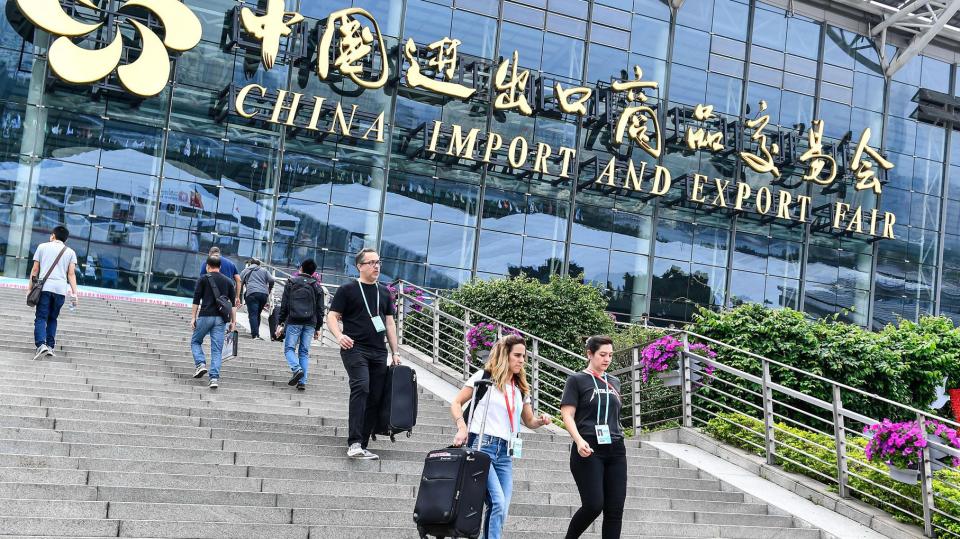China’s foreign trade hit a record-high US$4.62 trillion in 2018, an increase of 12.6 percent compared with last year.
Despite negative growth in December and ongoing trade frictions with the US, the country’s total exports grew to US$2.48 trillion, while imports totaled US$2.14 trillion, data from the General Administration of Customs showed.
Experts attributed the December dip to normal fluctuations in import-export growth rates, comparatively high growth in December 2017 and nosedive of oil prices, read a recent 21st Century Business Herald editorial.
However, the greatest factor looming over China’s exports in 2019 remains the China-US trade frictions, read a recent 21st Century Business Herald editorial. Indeed, the rush to export before a possible tariff rise in January 2019 partly contributed to the big increase of China's export in 2018, and the diminishing effect of this rush affected the country's export in December, says the paper.
Both sides have shown interest in resolving the trade disputes. Based on the current tariff rates imposed on Chinese products (25 percent for US$50 billion of goods and 10 percent for US$200 billion), the impact on China’s exports will be minimal.
China is much less reliant on export for its growth than it used to. However, weakened export undermines the effectiveness of the current efforts on boosting the growth, and even China's advantage in its efficient supply chain.
Traditional stimulus such as currency or policy subsidies are unlikely to work in the face of anti-globalization, trade protectionism and economic slowdown. Only a push to diversify export markets will see expansion, the editorial read.
Another key measure would be to promote domestic spending. The country should speed up the development of services such as education, child care, medical care and tourism to improve the environment for consumption, the editorial read. The State must also try to attract foreign investment in high-end industries with more open policies and market rules.
Above all, China’s exports will stabilize with an easing of trade frictions, the editorial read.

 Old Version
Old Version